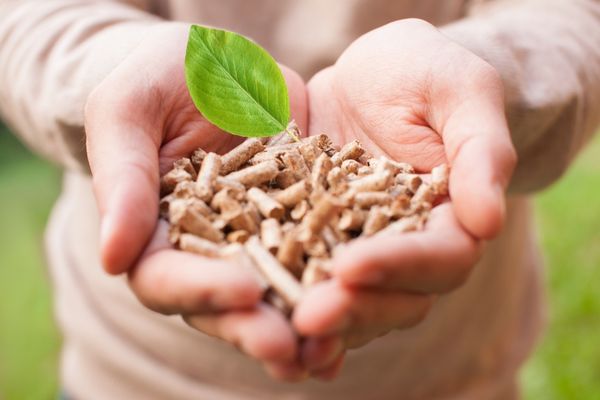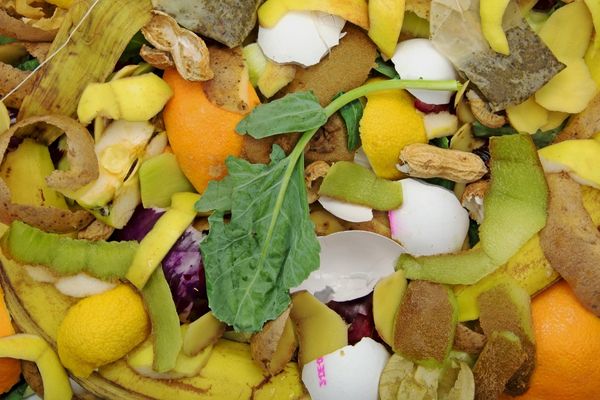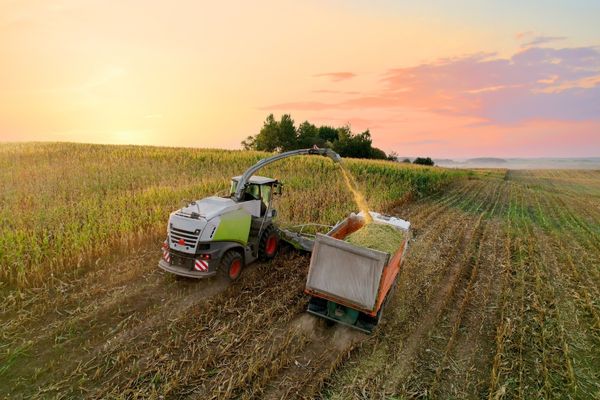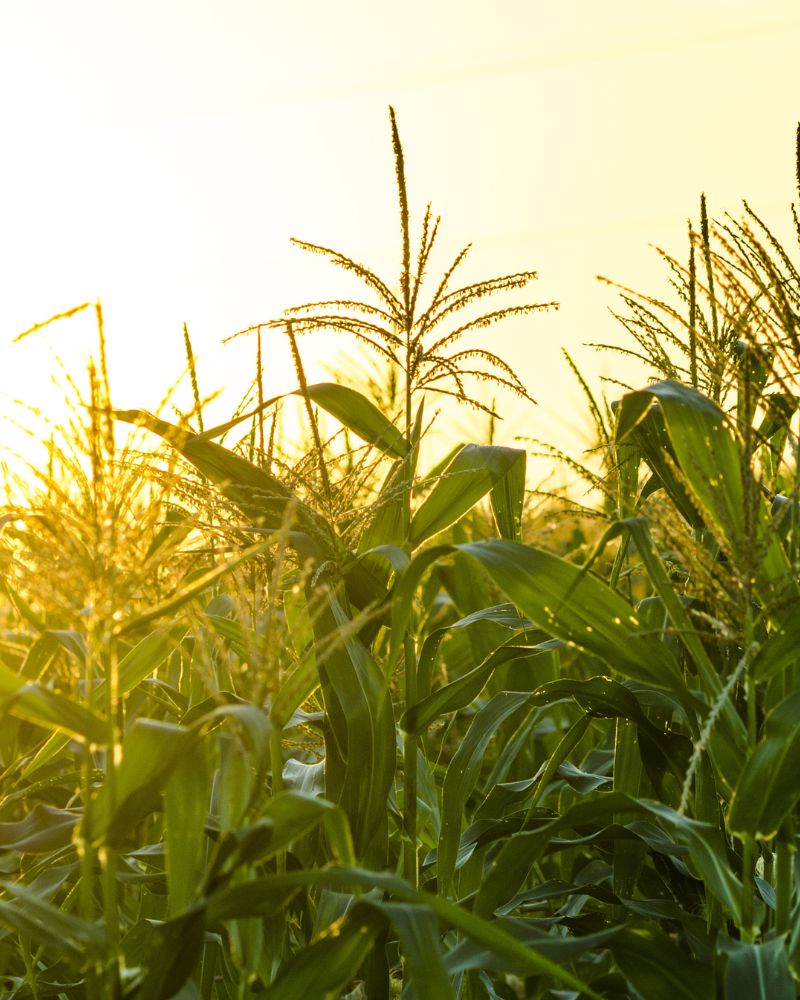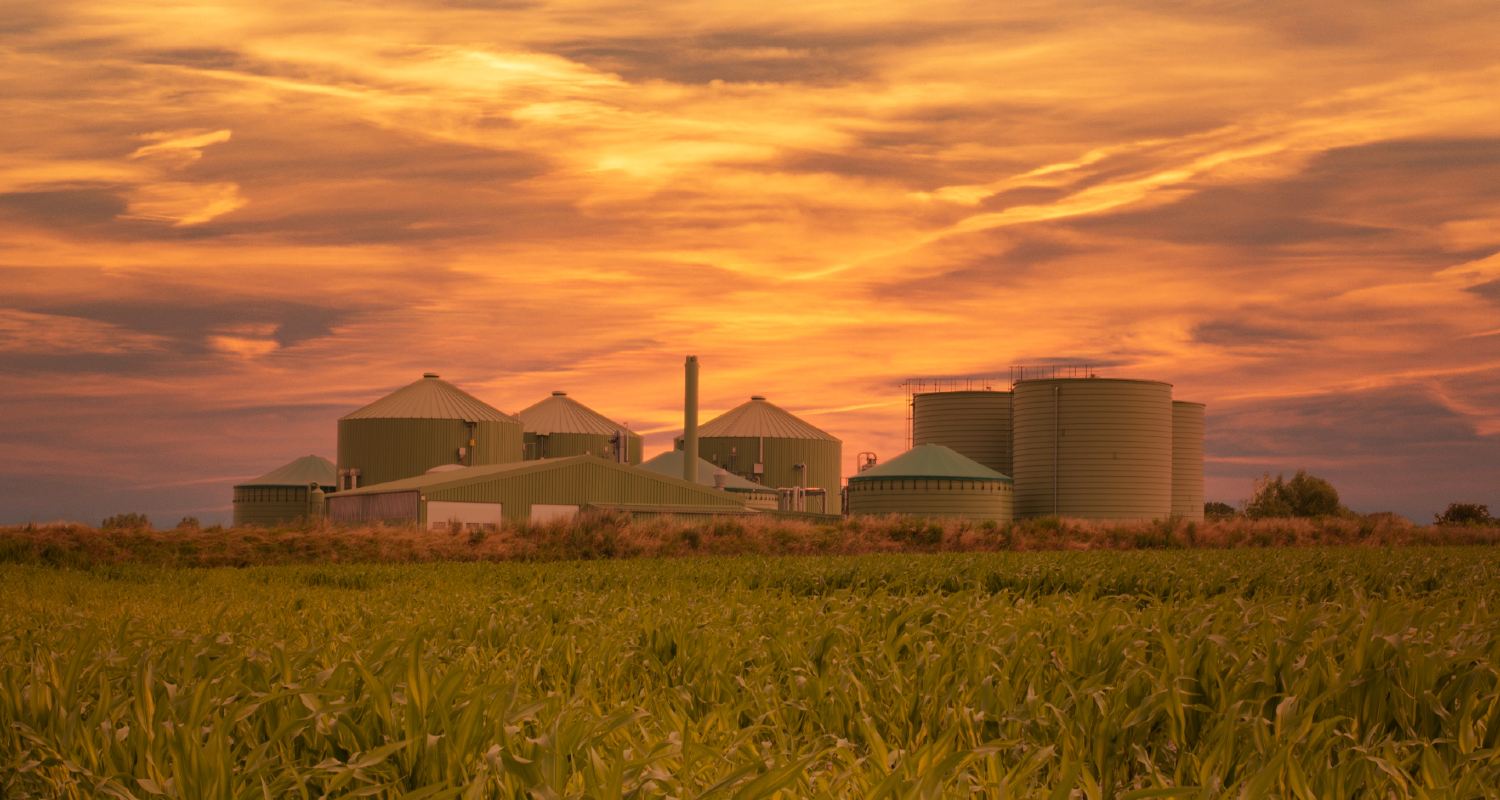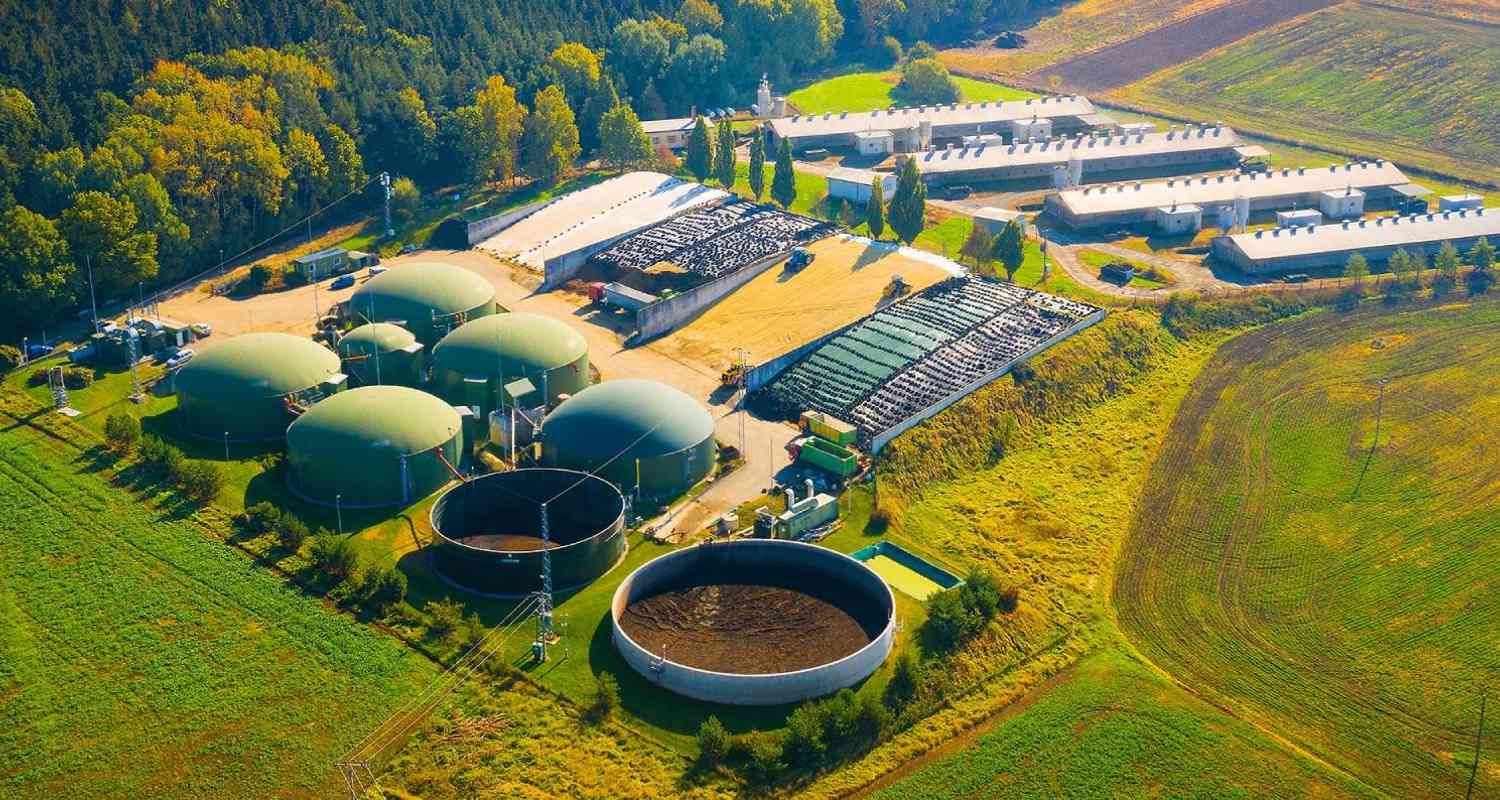According to the European Renewable Energy Directive, biomass is also understood by “the biodegradable fraction of products, waste, and residues of biological origin from agricultural, including plant and animal substances, from forestry and related industries, including fisheries and aquaculture, as well as the biodegradable fraction of waste, including industrial and municipal waste of biological origin."
The most used material in the production of bioenergy is wood, whether it be in the form of pellets, wood chips, briquettes, sawdust, or firewood; thanks to the combustion of these organic materials, we can obtain heat, fuels, and electricity. In countries such as Spain, with a rich natural environment and an extensive agricultural and livestock production, the possibility of having energy obtained from biomass is magnificent news, as it is much more simpler to access the necessary raw materials for its production.

